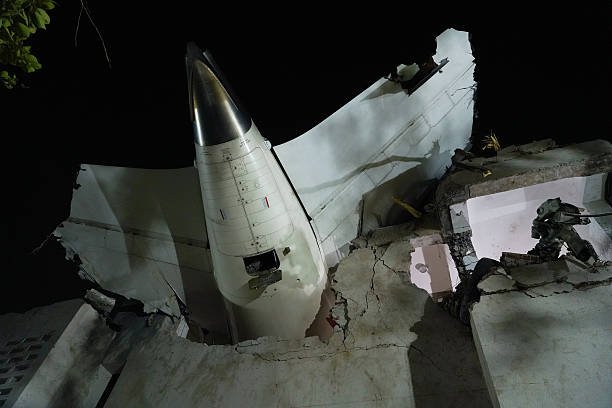The recent Air India crash in Ahmedabad has cast another shadow over Boeing, a company already struggling to rebuild its reputation after years of safety crises and financial troubles. While investigations are still underway to determine the cause of the accident, the incident marks yet another challenge for the embattled plane manufacturer.
Boeing’s 787 Dreamliner, involved in this tragedy, had previously maintained an impressive safety record since its launch 14 years ago. This stands in contrast to the troubled 737 Max model, which was grounded globally after fatal crashes in 2018 and 2019 revealed critical software flaws. Aviation experts note that modern commercial aircraft accidents are rarely caused by manufacturer defects, with human error being a more common factor. However, the timing couldn’t be worse for Boeing.
The company faces mounting pressures on multiple fronts:
- Financial struggles: Boeing reported losses nearing $1 billion per month last year
- Quality control issues: Multiple whistleblowers have raised safety concerns
- Legal troubles: Recent $1.1 billion settlement with the US Department of Justice
- Leadership changes: New CEO Kelly Ortberg came out of retirement to steer the company
Boeing’s stock dropped nearly 5% following news of the crash, reflecting investor nervousness. The company has pledged full cooperation with Indian investigators while expressing condolences to victims’ families.
For an aviation giant that once symbolized American manufacturing excellence, these continued challenges raise serious questions about Boeing’s ability to restore confidence in its aircraft and its corporate culture. As investigations proceed, the aviation world watches closely to see whether this represents another setback or merely a tragic anomaly in Boeing’s road to recovery.






















